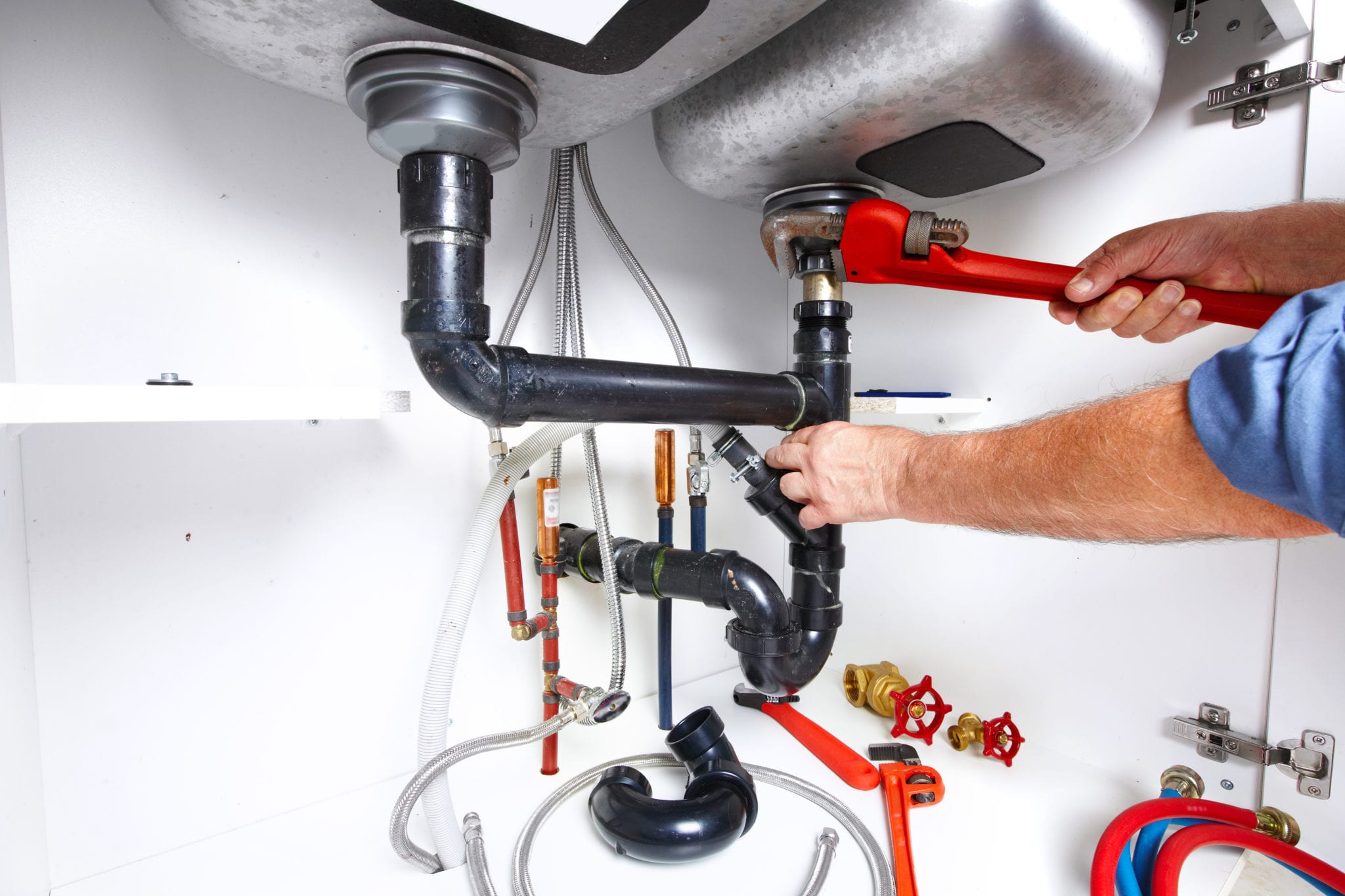How to Check If Your Home Has a Covert Leak
How to Check If Your Home Has a Covert Leak
Blog Article
Are you currently in search of resources around Leaking water lines?

Early discovery of leaking water lines can alleviate a potential disaster. Some tiny water leakages might not be noticeable.
1. Take A Look At the Water Meter
Every home has a water meter. Inspecting it is a guaranteed way that assists you discover leakages. For beginners, shut off all the water sources. Make certain nobody will certainly flush, make use of the faucet, shower, run the cleaning equipment or dishwasher. From there, most likely to the meter as well as watch if it will transform. Considering that no one is using it, there need to be no activities. If it moves, that shows a fast-moving leakage. If you find no changes, wait a hr or 2 as well as examine back once again. This indicates you may have a sluggish leak that can even be underground.
2. Examine Water Consumption
Evaluate your water expenses as well as track your water usage. As the one paying it, you must observe if there are any kind of disparities. If you detect sudden changes, regardless of your consumption being the same, it means that you have leaks in your plumbing system. Remember, your water bill should drop under the very same array on a monthly basis. An abrupt spike in your costs shows a fast-moving leakage.
On the other hand, a consistent boost every month, despite having the very same habits, shows you have a slow leak that's additionally gradually escalating. Call a plumber to thoroughly examine your property, specifically if you really feel a warm area on your floor with piping below.
3. Do a Food Coloring Examination
30% comes from toilets when it comes to water consumption. Examination to see if they are running effectively. Drop specks of food color in the storage tank and also wait 10 minutes. There's a leakage in between the tank and bowl if the color in some way infiltrates your dish throughout that time without flushing.
4. Asses Outside Lines
Do not neglect to examine your outdoor water lines as well. Must water permeate out of the link, you have a loose rubber gasket. One little leak can lose lots of water and also spike your water bill.
5. Evaluate the scenario and examine
Home owners should make it a routine to inspect under the sink counters and also even inside closets for any type of bad odor or mold development. These 2 red flags suggest a leak so prompt attention is required. Doing regular inspections, even bi-annually, can conserve you from a significant problem.
Examine for discolorations and also compromising as the majority of pipelines and also home appliances have a life span. If you suspect leaking water lines in your plumbing system, do not wait for it to escalate.
Early detection of dripping water lines can mitigate a prospective catastrophe. Some little water leakages may not be noticeable. Inspecting it is a proven way that helps you find leaks. One little leak can throw away bunches of water and spike your water expense.
If you presume dripping water lines in your plumbing system, don't wait for it to rise.
WARNING SIGNS OF WATER LEAKAGE BEHIND THE WALL
PERSISTENT MUSTY ODORS
As water slowly drips from a leaky pipe inside the wall, flooring and sheetrock stay damp and develop an odor similar to wet cardboard. It generates a musty smell that can help you find hidden leaks.
MOLD IN UNUSUAL AREAS
Mold usually grows in wet areas like kitchens, baths and laundry rooms. If you spot the stuff on walls or baseboards in other rooms of the house, it’s a good indicator of undetected water leaks.
STAINS THAT GROW
When mold thrives around a leaky pipe, it sometimes takes hold on the inside surface of the affected wall. A growing stain on otherwise clean sheetrock is often your sign of a hidden plumbing problem.
PEELING OR BUBBLING WALLPAPER / PAINT
This clue is easy to miss in rooms that don’t get much use. When you see wallpaper separating along seams or paint bubbling or flaking off the wall, blame sheetrock that stays wet because of an undetected leak.
BUCKLED CEILINGS AND STAINED FLOORS
If ceilings or floors in bathrooms, kitchens or laundry areas develop structural problems, don’t rule out constant damp inside the walls. Wet sheetrock can affect adjacent framing, flooring and ceilings.
https://www.servicemasterbyzaba.com/blog/how-to-detect-water-leakage-in-walls/

As a keen person who reads on Leaking water lines, I thought sharing that excerpt was really useful. Sharing is good. Helping others is fun. Thanks for your time. Kindly visit our blog back soon.
Report this page